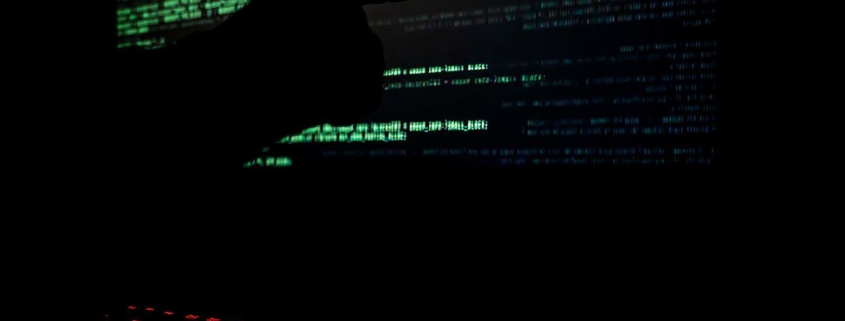North Korean Lazarus Hacking Group Leverages Supply Chain Attacks To Distribute Malware for Cyber Espionage
North Korean threat actor Lazarus group has resorted to supply chain attacks similar to SolarWinds and Kaseya to compromise the regime’s targets, according to cybersecurity firm Kaspersky.
Kaspersky’s Q3 2021 APT Trends report says that “Lazarus developed an infection chain that stemmed from legitimate South Korean security software deploying a malicious payload.”
The APT group compromised a South Korean think tank using two remote access trojan (RAT) variants BLINDINGCAN and COPPERHEDGE. The DHS Cybersecurity & Infrastructure Security Agency (CISA) had issued security alerts AR20-232A and AR20-133A over these trojans.
According to the researchers, Lazarus’ recent activity is part of a broader international campaign leveraging supply chain attacks.
Identified by US-CERT and the FBI as HIDDEN COBRA, the group was suspected to be responsible for the WannaCry ransomware and the Sony Picture Entertainment hacking that escalated tensions between the US and North Korea.
Lazarus’ supply chain attacks target atypical victims
Experts believe that Lazarus is expanding its victim base beyond that of Asian government agencies and policy think tanks.
Kaspersky researchers discovered that the hacking group had targeted a Latvian tech firm developing asset monitoring solutions, an atypical victim for Lazarus.
During the attack, the North Korean APT deployed a compromised downloader “Racket” signed with a stolen digital certificate. The hacking group had stolen the digital certificate from a US-based South Korean security company.
According to Kaspersky, the APT compromised multiple servers and uploaded several malicious scripts in the process. The group used the malicious scripts to control the trojans installed on downstream victims.
“North Korea once again figures prominently in an attack, although it doesn’t appear to be the government this time, at least not directly,” said Saryu Nayyar, CEO at Gurucul.
“Government-sponsored attacks continue to be a major issue for other governments and enterprises. Both types of organizations need to be cognizant of the potential for high-powered attacks and respond appropriately. Early…








